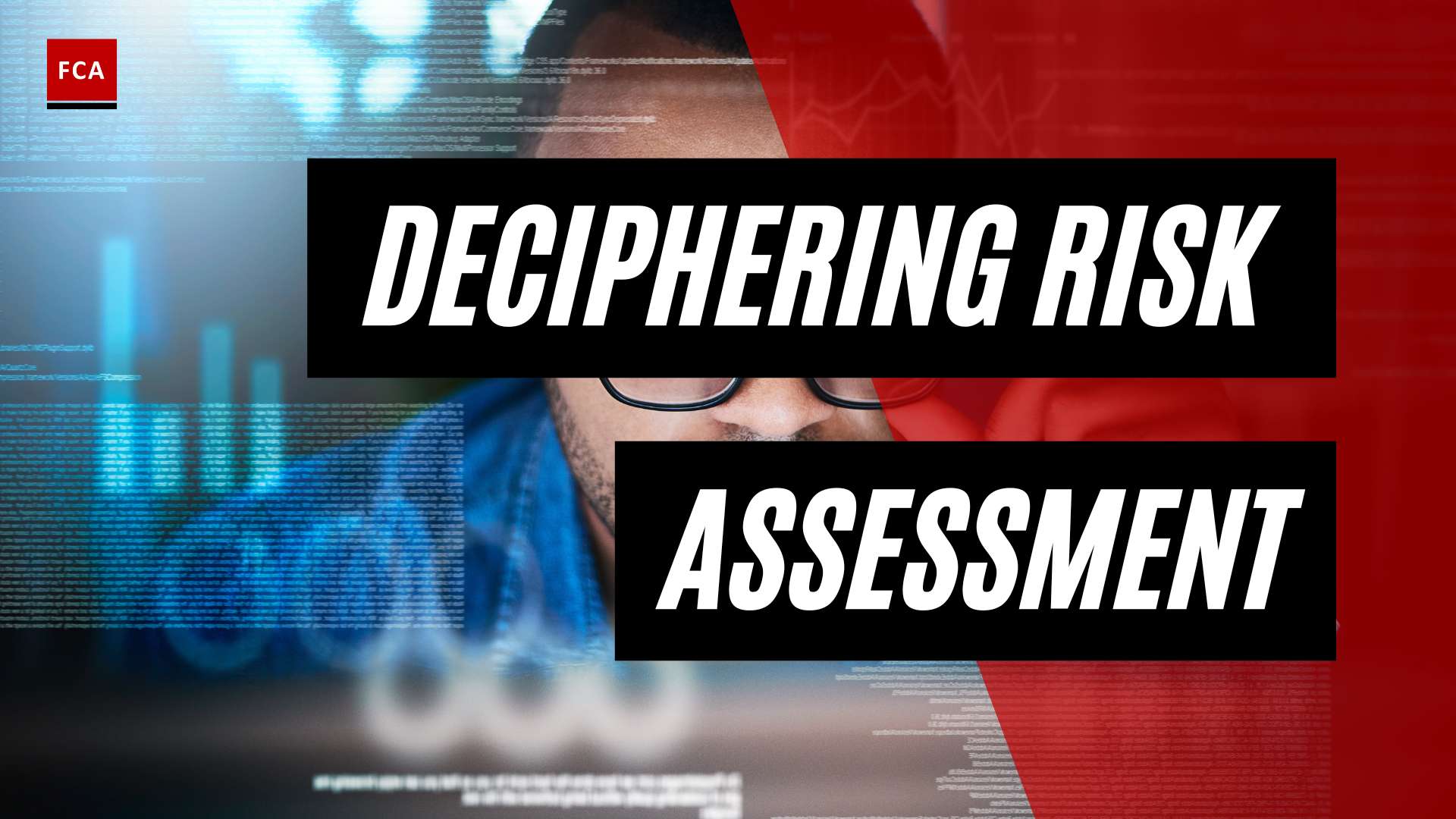In recent years, there has been an increase in scrutiny and monitoring over transactions because of an increase in general transaction activity. In turn, this has led to a dramatic increase in the number of suspicious transaction reports that financial institutions are filing.
This increase in filing has subsequently affected compliance managers, piling up the workload and working hard to process the paperwork manually. Is there a way to limit the need manual workload for AML compliance managers?
Table of Contents
Key Takeaways
- The increase in transactions over time has increased the number of potentially suspicious transactions, and, thus, the number of suspicious activity reports (SARs) required by financial institutions.
- Automated suspicious transaction reporting services save time and money from financial institutions.
- suspicious transaction reports

Suspicious Transaction Reports Solutions
Transaction reporting solutions are available to help limit the human effort and time needed to file such reports. Such solutions give a comprehensive view of customer risk by allowing financial institutions to handle the form requirements easily and focus energy on other tasks. There are programs available to automate SAR filings and follow up on the status of them on behalf of the firm. These solutions addresses a global concern that is seeing a rise in form requirements but not enough hands on the deck to complete them. Financial institutions can quicken the pace of their suspicious transaction reports. These programs offer perks such as:
- Acentric view of customer risk with updated data.
- Automated form-filling processes with improved report quality.
- E-filing mechanisms to lessen costs of paper reporting.
- Governing coverage worldwide.
Filing Criminal Investigations
On another note, a suspicious activity that continues over a long span of time should be specially made known to enforcement agencies. Financial guidelines recommend these reports be filed approximately every 90 days to remind the authorities to evaluate such suspicious activity. From here, they can determine what the appropriate action is.

Summary
In summary, automated filing systems can make it much easier to fill out and process these suspicious activity reports. Advanced systems relying on technology are beginning to simplify many financial processes to speed up practices and limit required supplies.









